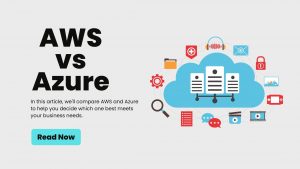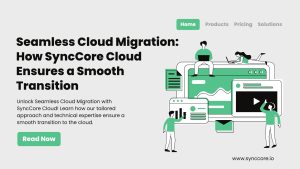Top Benefits of Cloud Computing for Schools: The coronavirus pandemic has demonstrated how adaptable the education industry is now regarding curriculum delivery. Teaching and learning are no longer limited to textbooks and lecture halls. Teachers and students are always connected today, on or off campus. Technology has had a significant impact on this disruptive change.
Cloud computing is one of the technologies driving innovation to meet the demands of virtual and remote learning. IT leaders and network managers are examining this model and weighing the benefits and drawbacks of on-premise or hybrid solutions.
With so much information (and misinformation) surrounding cloud computing implementation for schools, we thought it would be helpful to provide an overview for those interested in learning more about the cloud and how this deployment option fits the evolving needs of many school environments in learning, and digital safeguarding requirements.
Table of Contents
Top Benefits of Cloud Computing for Schools

What is cloud computing?
Cloud computing, also known as “the cloud,” is a term that refers to shared computing resources that are accessible via the internet.
Applications and data are no longer stored on local computers; all resources are made available to users on demand.
In education, this opens the door to cost savings, new opportunities, performance improvements, and security.
Types of Cloud Computing Requirements
Public Cloud
Third-party cloud service providers own and operate public clouds, which deliver computing resources such as servers and storage over the Internet. A public cloud is an example of SyncCore Cloud. The cloud provider owns and manages all hardware, software, and other supporting infrastructure in a public cloud. A web browser is used to access these services and manage your account.
Private Cloud
A private cloud is a set of cloud computing resources used solely by one company or organization. A private cloud can be physically located on-site at the company’s data center. Third-party service providers are also used by some businesses to host their private clouds. A private cloud keeps its services and infrastructure on a private network.
Hybrid cloud
Hybrid clouds are a combination of public and private clouds linked by technology that allows data and applications to be shared. A hybrid cloud provides your business with greater flexibility and more deployment options. It helps optimize your existing infrastructure, security, and compliance by allowing data and applications to move between private and public clouds.
The Most Important Advantages of Transitioning to a Cloud Model
Flexibility
Security features: Encryption, virtual private clouds, and API keys contribute to data security.
Tool selection: Users can build a solution that meets their specific needs by selecting a menu of prebuilt tools and features.
Control choices: With as-a-service options, organizations can determine their level of control. Software as a service (SaaS), platform as a service (PaaS), and infrastructure as a service are examples of these (IaaS).
Storage options: Users can choose between public, private, and hybrid storage options based on their security requirements and other factors.
Scalability: To support fluctuating workloads, cloud infrastructure scales on demand.
Efficiency
Accessibility: Cloud-based applications and data can be accessed from almost any internet-connected device.
Speed to market: Users can quickly bring their applications to market by developing in the cloud.
Data security: Because of networked backups, hardware failures do not result in data loss.
Savings on equipment: Cloud computing uses remote resources, which saves businesses money on servers and other equipment.
Pay structure: Users only pay for the resources they use in a “utility” pay structure.
Strategic value
Competitive edge: Organizations can move faster than competitors who must devote IT resources to infrastructure management.
Regular update: Service providers update their offerings to provide users with the most up-to-date technology.
Streamlined work: CSPs manage the underlying infrastructure, allowing organizations to focus on application development and other priorities.
At SyncCore Cloud, we collaborate closely with our clients to provide implementations tailored to their specific requirements, making cloud-based filtering the best choice for your company. SyncCore Cloud facilitates the movement of components between the cloud and the local network with minimal technical management, allowing for the optimal balance of cost, security, and management.
If you require cloud services, please contact us at [email protected] or visit our website at www.synccore.io.
Read More:



